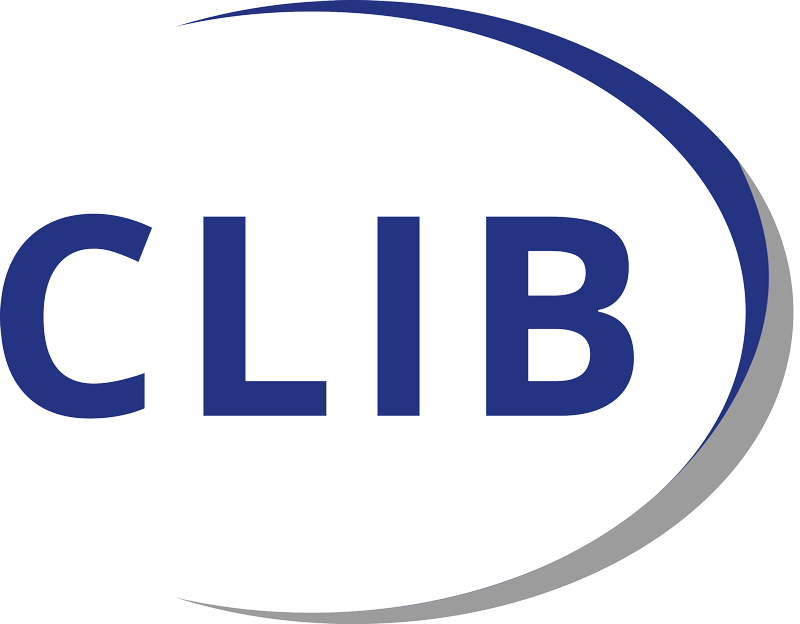CLIB forum “Fantastic enzymes: Where and how to find them”

On 06 September CLIB organised a combined HiPerIn 2.0 and FuturEnzyme forum event entitled “Fantastic enzymes: Where and how to find them”. In the context of both projects, almost 200 participants attended the online event from all over the world. All kinds of public – researchers, entrepreneurs, manufacturers, policy makers, funding bodies, investors, consumers, … – listened with interest to the three scientific presentations on how to make consumer products greener and more sustainable.
In a first overview, Markus Müller (CLIB) and Patricia Molina (CSIC) gave a brief overview on the hosting projects HiPerIn 2.0 and FuturEnzyme. Manuel Ferrer (CSIC), the project leader of FuturEnzyme, gave an eye-opening talk with the title “Enzymes wanted, reason: the bioeconomy, the climate change and the consumer demands” on economic factors, networks and framework conditions that need to be optimised for the broad implementation of enzymatic reactions in the manufacturing of greener consumer products.
Subsequently, Sergi Rodà (Barcelona Supercomputing Center, BSC) gave a current view on “In silico toolkits for enzyme bioprospecting and engineering”. A key hurdle for the industrial application of enzymes is still the identification of promising enzyme candidates or catalytic motifs. The BSC is expert in the development of computational tools for bioinformatics and structural biology that allows for in silico bioprospecting. Sergi presented his latest efforts to ease experimental workload and to obtain better biocatalysts.
The final talk was given by Jennifer Chow (University of Hamburg) on “Mining the microbial diversity for esterases, lipases and plastic degrading enzymes”. She is working on the combination of functional screening and sequence-based mining to unlock the potential of novel enzyme candidates isolated from the environment. The biochemical and structural characterisation of novel enzyme candidates at the University of Hamburg lays a foundation for future greener industrial processes and thus greener consumer products.
In summary, the forum event was a great success and gave a broad overview on the state-of-the-art in the identification and bioprospecting of new enzymes, even fascinating the youngest scientists.


